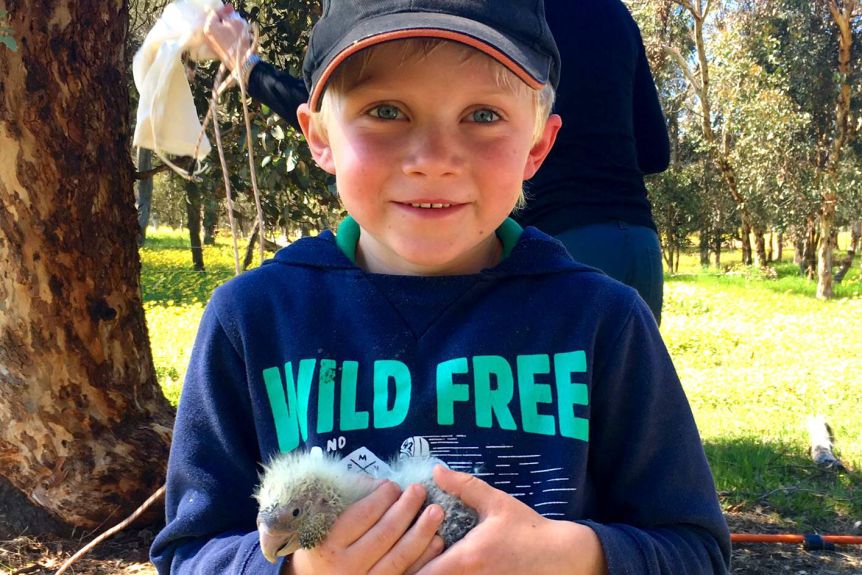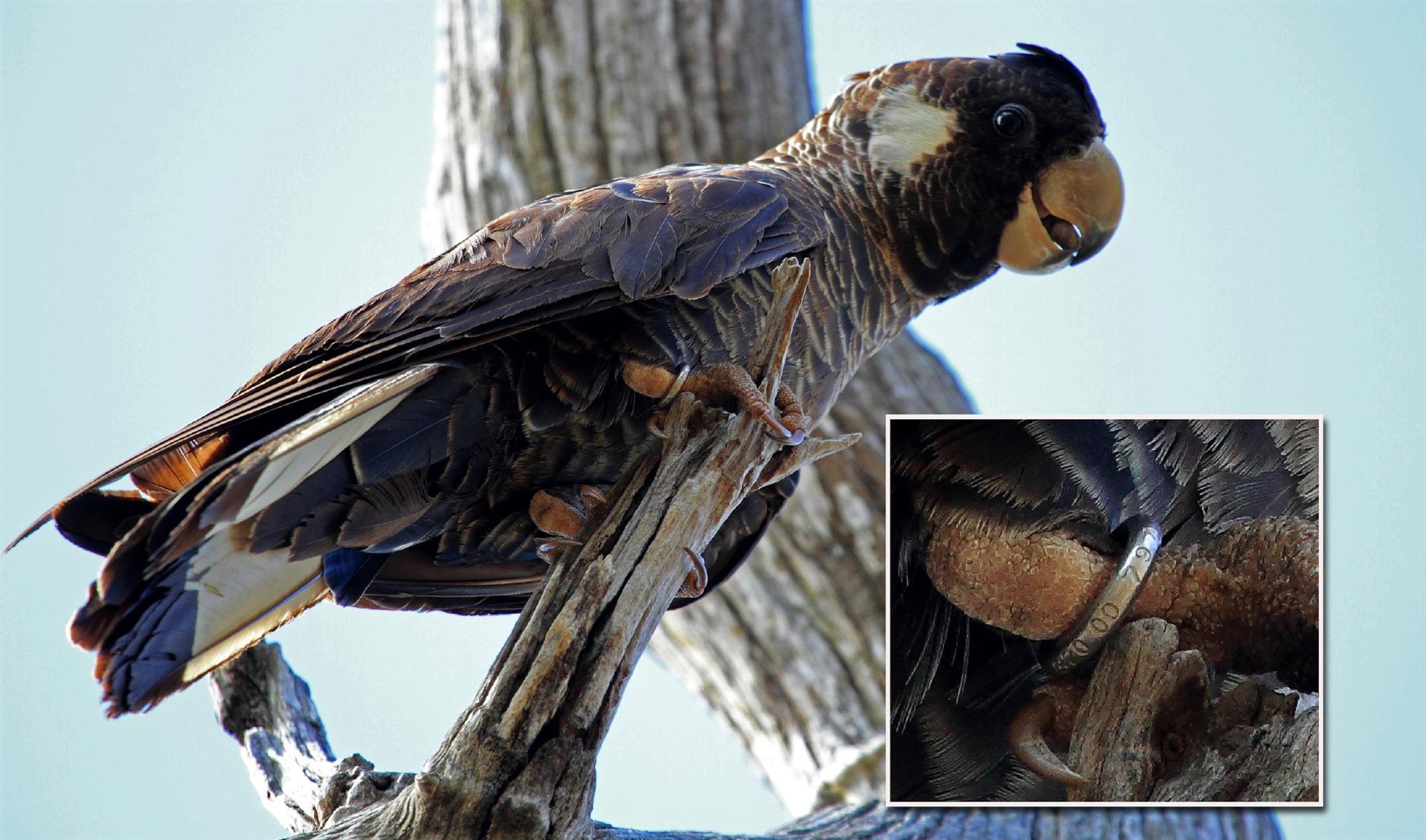A TWO-MINUTE video of the club’s penguin nesting box project was screened by its creator, past president Rick Dawson, at the last week’s Palm Beach Rotary Club meeting. It has been made in the hope that it will be shown at the WA Rotary's Combined District Conference in March.

Rick Dawson
Rotary WA decided run a Two-Minute Project Competition to showcase club activities. All competition videos are to be posted on their clubs' Facebook pages and the winner will get $500 for charity. Six of the club videos will be shown at the conference.
But flightless fairy/little penguins are not the only birds helped by the Rotary Club of Palm Beach. Its members' installation of 200-plus artificial nesting hollows for WA's iconic Carnaby's cockatoos has been such an outstanding success that the club have been thanked in a scientific research paper, Rick said. "There have been a 300 per cent increase in nesting with these hollows at Coomallo," Rick said. The hollows have to be serviced every year and the resultant continuing observation has demonstrated very clearly that size does matter.


Ryan Raffan (ABC News)
There are now 70 artificial nesting hollows in place at Coomallo, the most anywhere, and 31 smaller ones had been removed. It has been demonstrated that the ideal measurements are 1.2 meters deep, 400mm wide, and a minimum of four meters above the ground.
When we installed the larger size all 27 new hollows were used that year," Rick said. "No other endangered species project has been so successful."
"In one year we had 15 sets of twins, a new record, and one artificial nest had been used twice in one season, which is a first."
Another remarkable finding was that a three-year-old Carnaby's cockatoo had been observed breeding for the first time. It had been believed that the birds had to be four years old to breed, but the problem was apparently a lack of nesting hollows. Older more dominant females held the hollows, keeping the younger birds out.
Funding had been supplied for another 10 artificial hollows in that area. Most natural hollows lasted only 40 to 50 years then collapsed. They were not being replaced because of habitat destruction. The failure rate of nestling rearing was lower in the artificial hollows than in natural ones, because they have been built absolutely right. The birds are using them in preference to natural hollows. There had been a 100 percent increase in nesting in the Newdegate area and 130 percent in the Borden area. One bird had produced a nestling for six years in a row in an artificial hollow so she is "a cracker mum". "I am very grateful to the club for their support and you can all know we have made a real difference," he said.